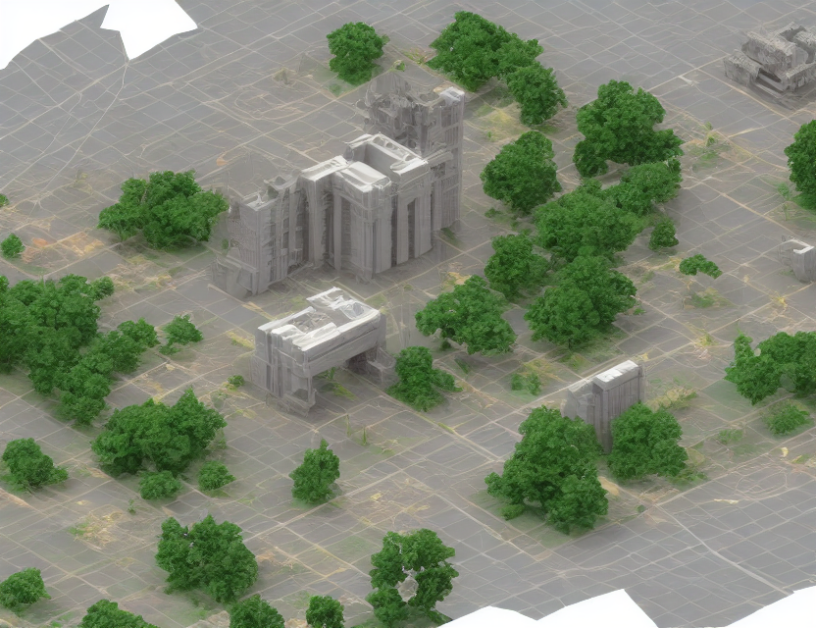In the field of computer graphics, researchers have developed a tool called InverseCSG to convert 3D models into a different format called Constructive Solid Geometry (CSG). This tool is designed to help engineers and designers work with 3D models more efficiently by allowing them to easily modify and manipulate the models.
The article explains how InverseCSG works by breaking down 3D models into smaller parts called "irreducible blocks." These irreducible blocks are like building blocks that can be combined in different ways to create complex shapes. The tool then identifies these irreducible blocks and converts them into CSG trees, which are more efficient for manipulating 3D models.
The authors of the article compare the process of converting 3D models to CSG trees to cooking a meal. Just as a chef takes individual ingredients and combines them in different ways to create a delicious dish, InverseCSG takes irreducible blocks and combines them to create a CSG tree that represents the entire 3D model.
The article also discusses how InverseCSG can be used for a variety of applications, such as creating digital models of real-world objects or designing new products from scratch. The tool is particularly useful for engineers and designers who need to work with complex 3D models but don’t have the time or expertise to create them from scratch.
Overall, InverseCSG is a powerful tool that can help engineers and designers work more efficiently with 3D models by converting them into a more manageable format. By demystifying complex concepts like CSG trees and irreducible blocks, the article makes it easier for readers to understand how this tool can be used in practice.
Computer Science, Computer Vision and Pattern Recognition
Synthesizing Structured Cad Models with Equality Saturation and Inverse Transformations



